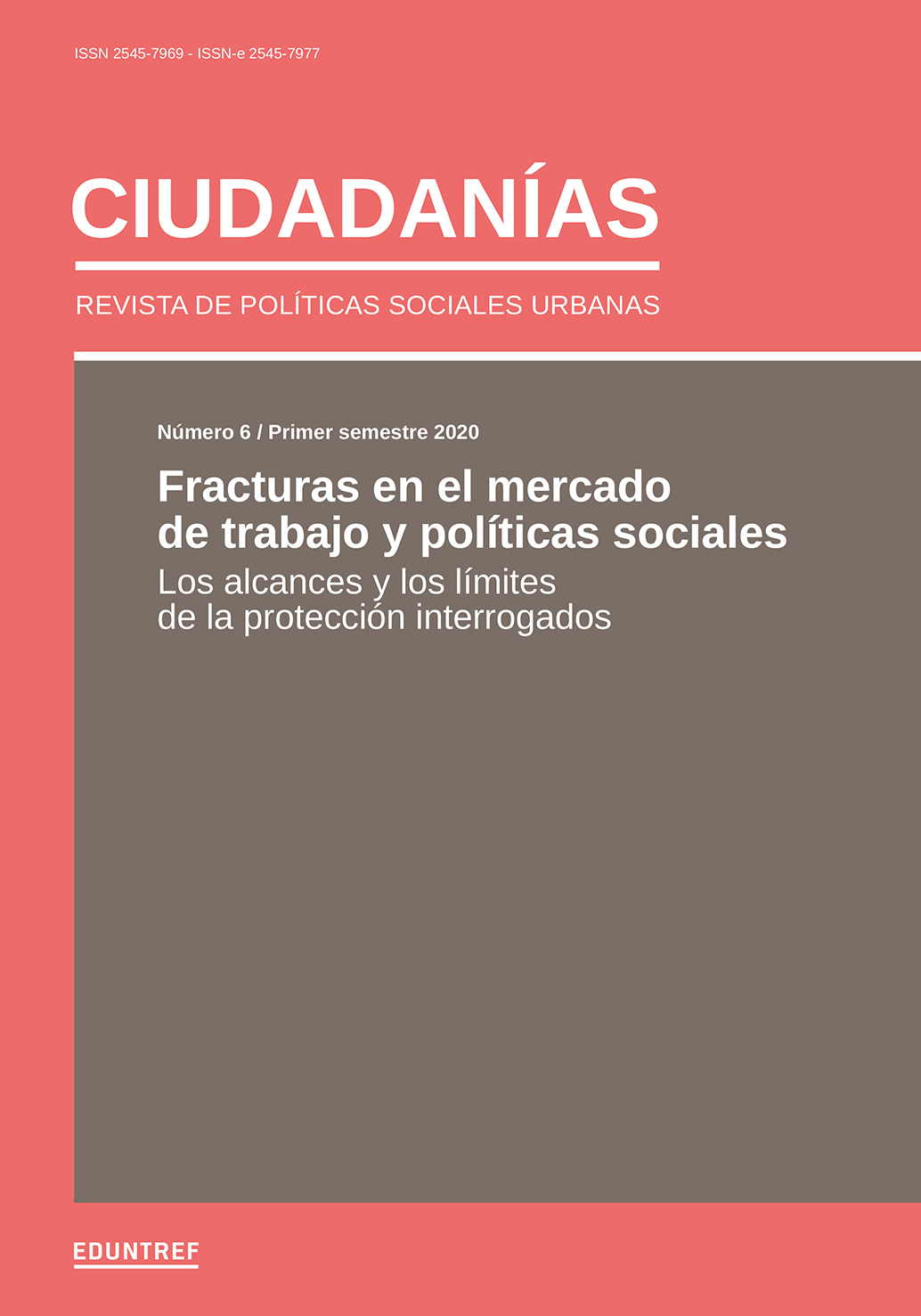Abstract
Who can access to the benefits of social protection today? What is the proportion of the population that does not meet the requirements for access to the social protection system? With these questions, we try to approach the problem of social deprotection that important segments of Argentinian population, specially older adults, boys, girls and adolescents, face and will face in the coming years as a result of an informalized labour market and with a high proportion of the working-age population that is inactive. The main results show the limits of the contributory logic –that organized social security system since its origins– to provide protection to different social segments. The methodological strategy includes the analysis of documentary and statistical data.

